I tested the AI photo editing tools for iPhone vs Google Pixel vs Samsung Galaxy — and there’s a clear winner
It's not just the number of features they offer, but how effective they are
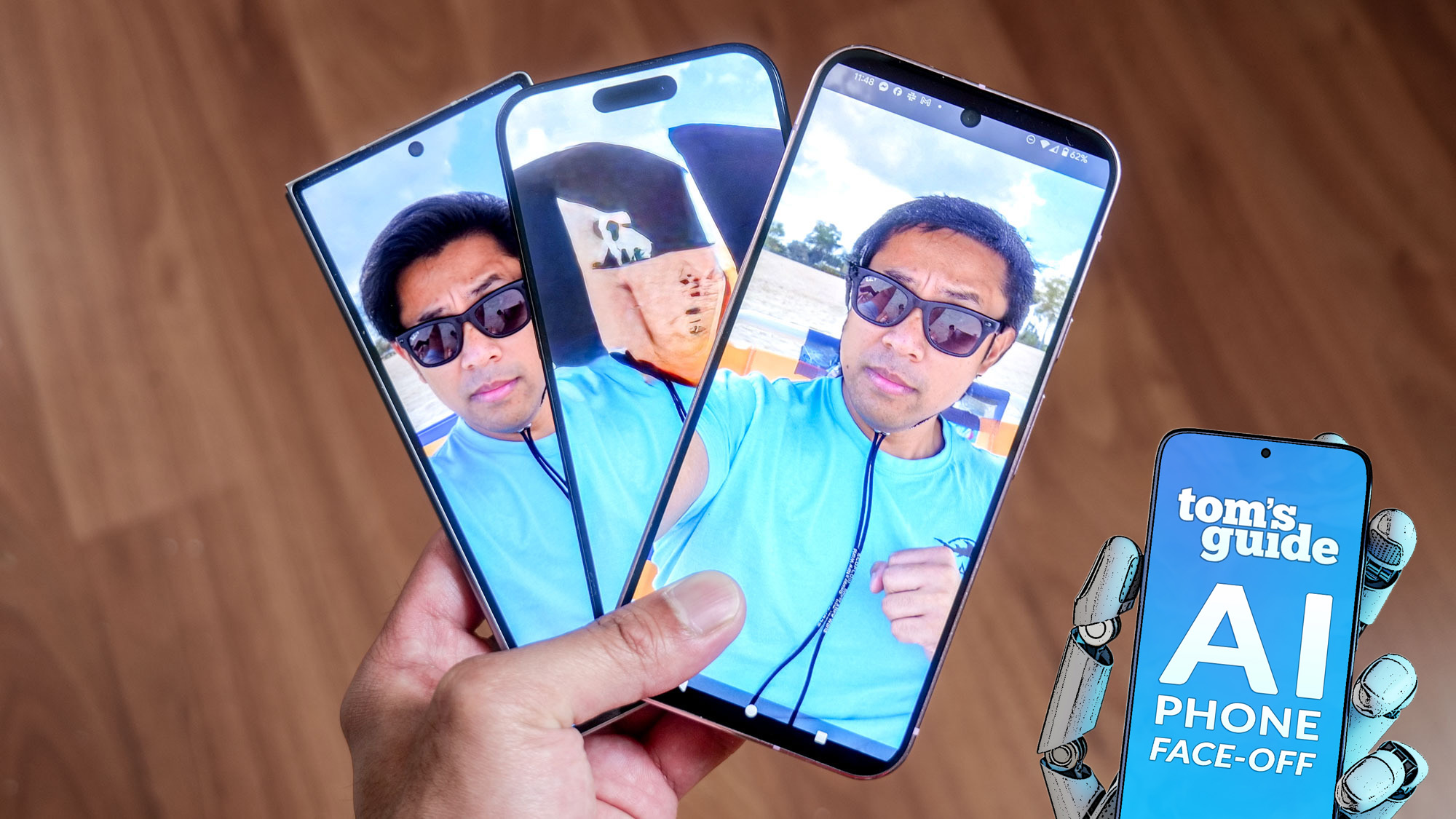
This article is part of our AI Phone Face-Off. If you're interested in our other comparisons, check out the links below.
It’s incredible how much the phone landscape has changed in the last year with more devices embracing AI. There was a time when you needed to put in hundreds of hours in Photoshop or other photo editing programs to perform what today’s best phones can do in a matter of minutes. It’s unbelievable.
For the past year, I’ve been using all the AI photo editing tools from Apple, Google, and Samsung to not only make complex photo edits a breeze to do, but to also save me time. I can’t tell you how these tools change my workflow. From removing unwanted subjects in my shots, to using generative AI to switch backgrounds, I find myself using them constantly.
While Google AI had a head start on everyone, Galaxy AI roared onto the scene when it debuted with the Galaxy S24 series last year — only to expand with the release of the Galaxy S25. Meanwhile, Apple Intelligence had a slightly different rollout that has continued to add new tools with each subsequent update.
What follows is a comparison of these three different AI photo editing packages. I'll be discussing not only the breadth of features, but how practical they are to use, and how well they work to determine which phone maker offers the best tools.
Google AI — the gold standard
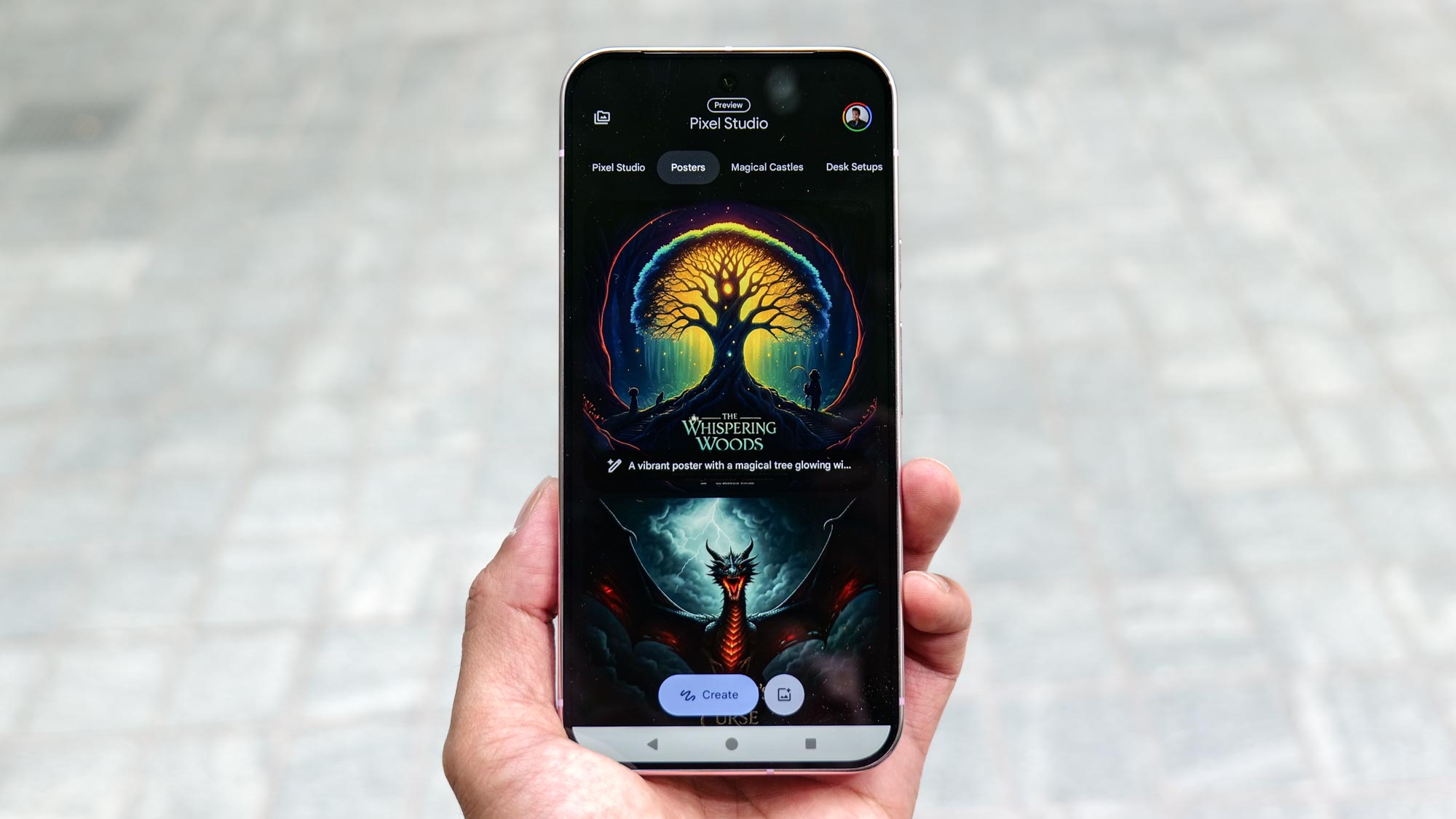
Google AI photo editing pros and cons
What I Like
- Realistic images from Pixel Studio
- Reimagine delivers accurate results
- Tons of editing features with Magic Editor
What I Don't Like
- Best Take could lean more on generative AI
There are good reasons why I keep on saying that Google has the best AI phones around, and its robust and effective AI photo editing tools is one of them. Part of the reason why I still think this is due to the overwhelming amount of features at a user's disposal. Here’s the quick list of all of the features:
- Magic Editor: The ultimate photo editing tool for everything
- Magic Eraser: Quickly remove unwanted subjects
- Photo Unblur: A breeze to sharpen blurry shots
- Best Take: Picture-perfect smiles with group photos
- Add Me: Adding the photographer into the shot
- Pixel Studio: AI that delivers accurate, realistic generations
- Reimagine: Tweak existing photos with detailed text descriptions
My love affair with Google’s AI photo editing tools began with the Pixel 8 Pro, which introduced the world to Magic Editor. This AI-assisted feature has since become available through the Google Photos app, but it’s still my favorite all-around photo editing tool thanks to its ability to remove subjects, resize stuff, and fill in gaps to make the overall image look realistic. Just take a look at the video below to see me using it in action.
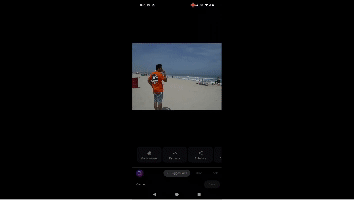
Another strong point of Google’s AI photo editing tools, where it proves to be superior than the rest, is Pixel Studio’s ability to take text descriptions and create realistic images. It’s particularly good at generating people too, especially when compared to Apple Intelligence, as you can see for yourself below.
Get instant access to breaking news, the hottest reviews, great deals and helpful tips.










What makes Google’s AI photo editing unique amongst the rest is the Reimagine feature, which lets you take existing photos and edit them through text descriptions. It’s great for giving specific details about changing the background to something else, or adding in something to the shot. Really, it’s the biggest time-saving tool I use.
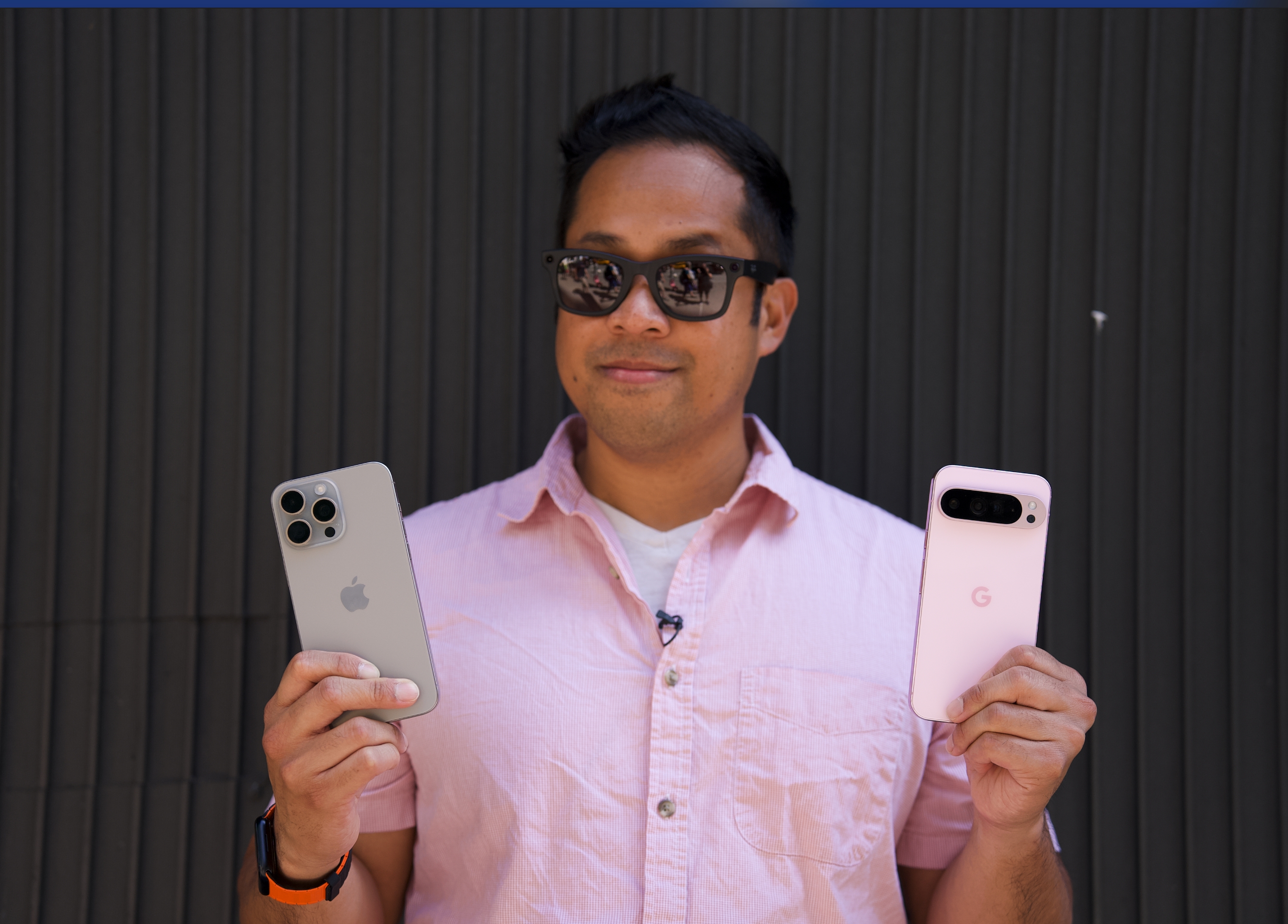
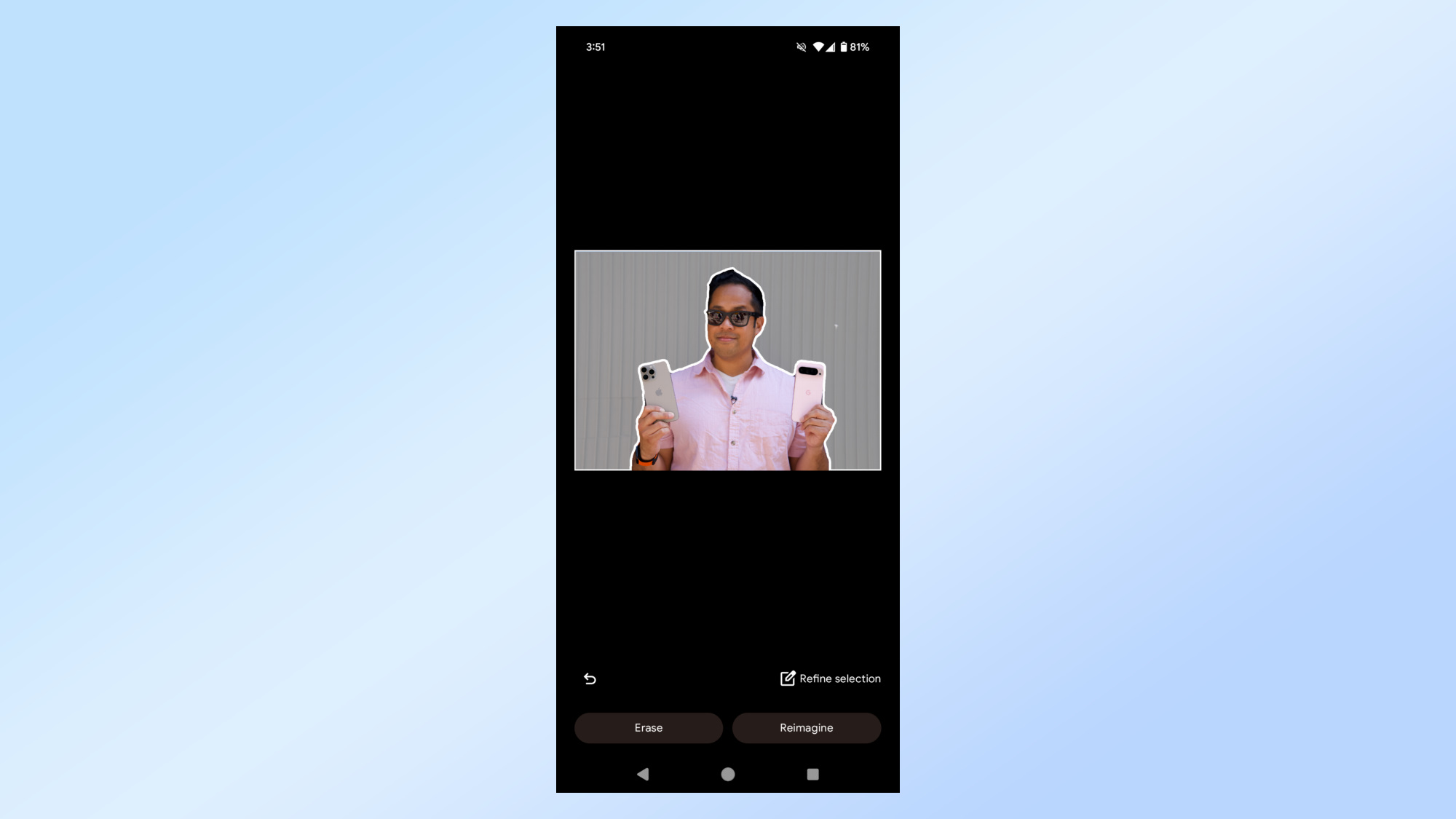
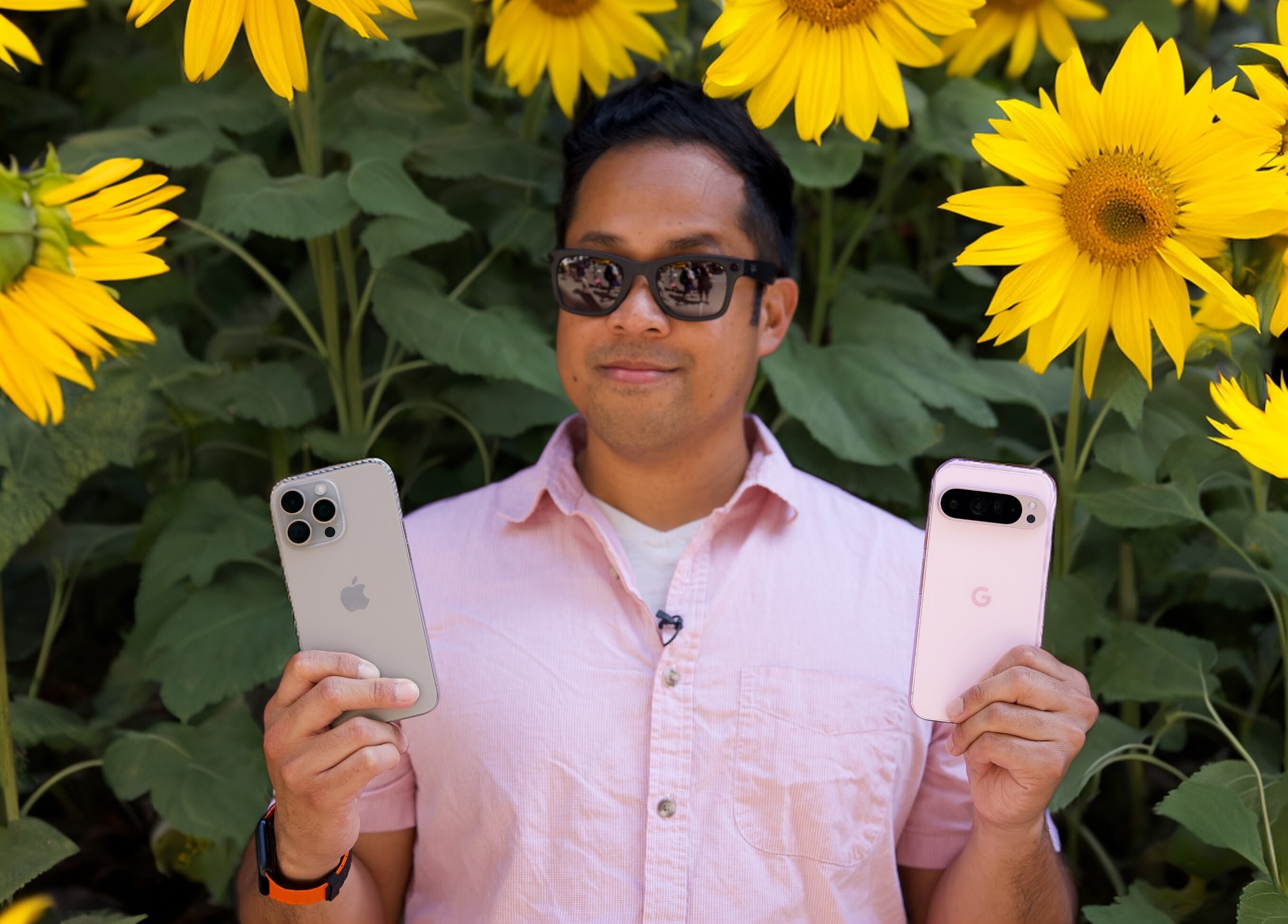
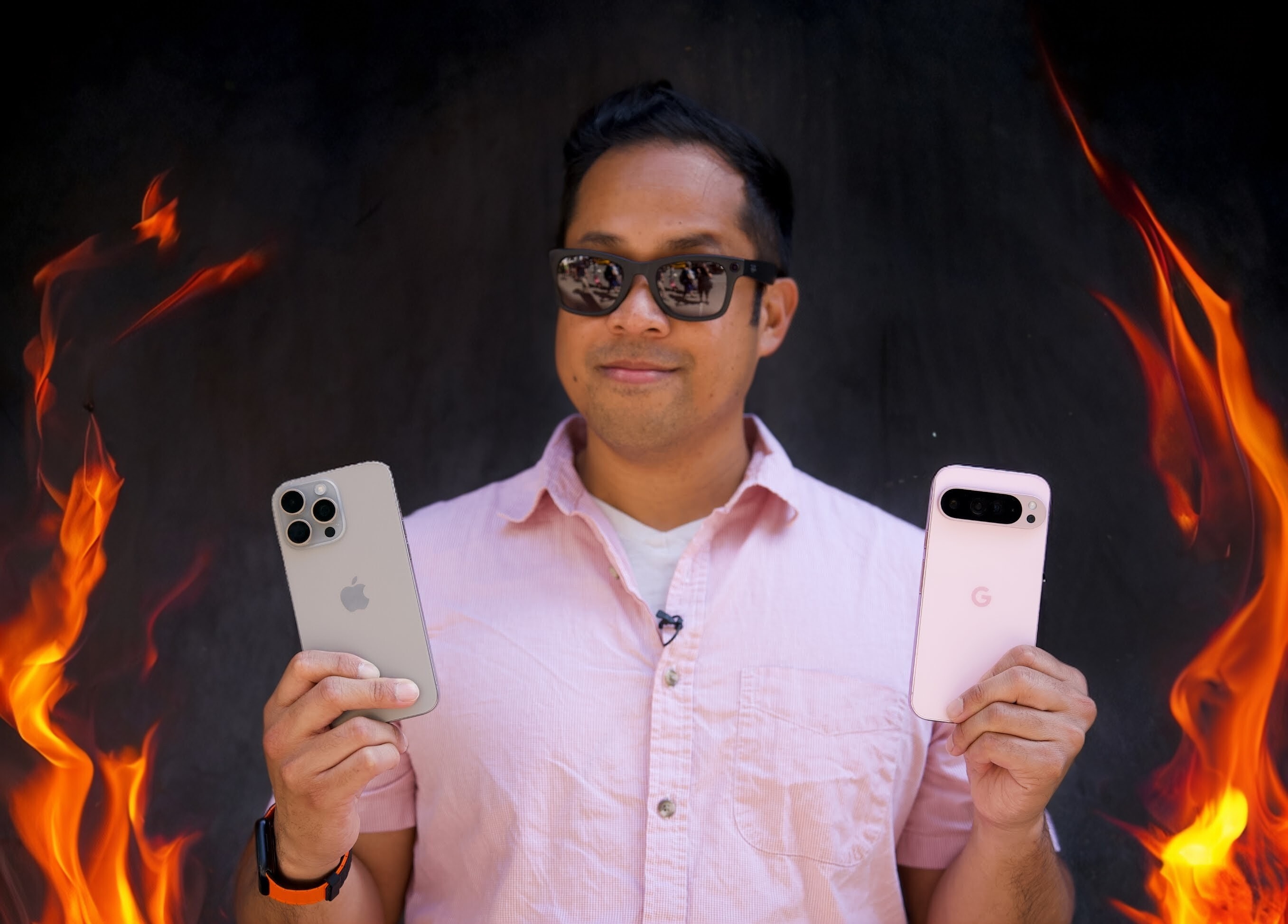
While I think Google's AI editing tools are the best of the bunch, there are some parts that could stand to be better. For instance, there’s Best Take and its ability to quickly swap out faces in group shots.

My problem with this feature is that it requires me to take several photos in succession to properly work, in order for it to have enough faces to swap out from each person. But I think it would be much more useful if it used generative AI instead to take one snapshot and then give me different options.
Galaxy AI — a superb runner up
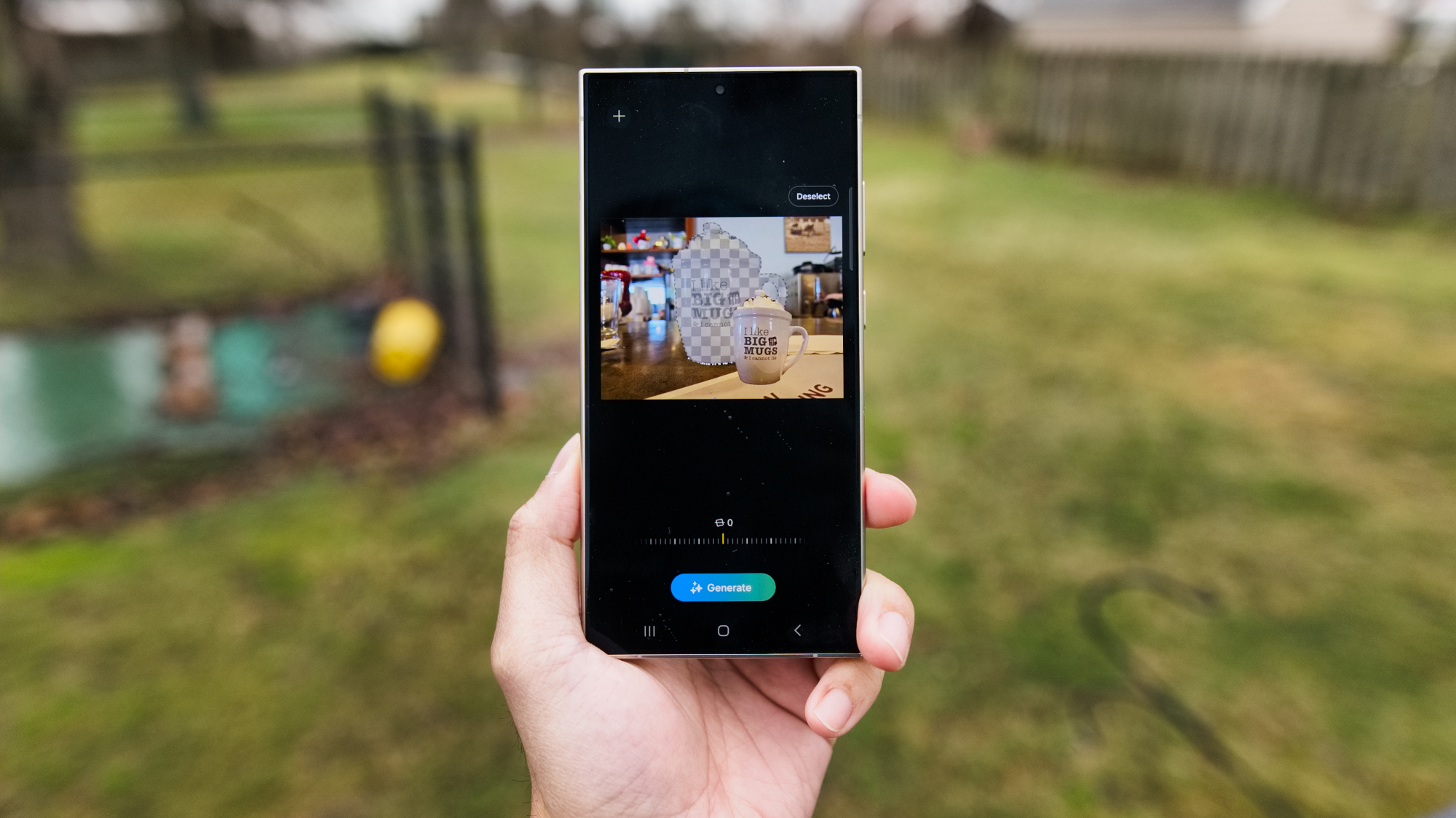
Galaxy AI photo editing pros and cons
What I Like
- Generative Edit is incredibly good at detecting subjects
- Realistic creations with Sketch to Image,
- Fun Portrait Studio effects
What I Don't Like
- Lacks text-based image generator from scratch
I was eager to see how Galaxy AI compared to Google when I first tried out some of its AI photo editing features on the Galaxy S24 Ultra. Samsung didn’t disappoint then, and it has broadened its tool set further with the release of the Galaxy S25 series earlier this year. While it’s a runner-up to Google, I have to give Samsung credit for taking it seriously, because these Galaxy AI photo editing tools are impressive.
- Generative Edit: Accurate removals and fills in gaps with realism.
- Edit Suggestions: Identifies improvements in photos.
- Sketch to Image: You don’t need to be an artist to add realistic elements into photos
- Portrait Studio: Lots of fun effects to change up your portrait photos
Generative Edit is without a doubt the best AI photo editing feature I’ve come across, even better than Magic Editor in my opinion. What I love most about it is how it knows what I want to edit in my photos with remarkable accuracy. With complex photos, it’s proven it can still detect subjects, whereas other editors, including Magic Editor, can still require me to manually make additional selections.
Even better is how well it fills in gaps realistically, such as removing a subject in the scene and using generative AI to fill it. More often than not, it delivers better results than Apple Intelligence and Google AI. I also like that I can use Generative Edit to quickly remove reflections from photos with shiny surfaces.
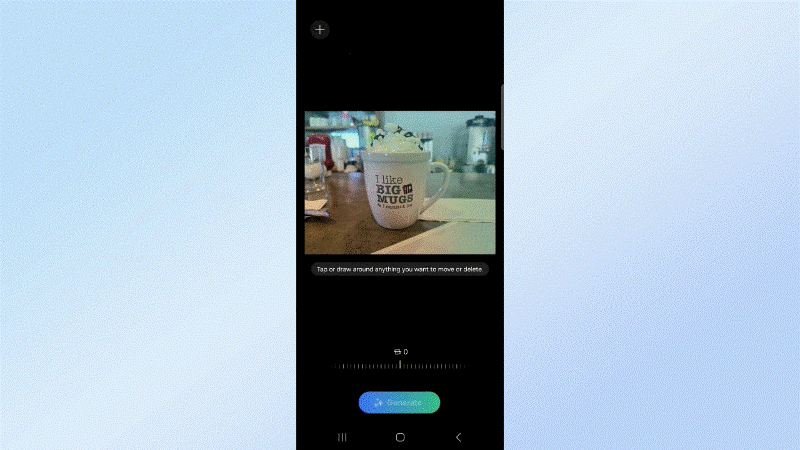
Sketch to Image is also an impressive Galaxy AI feature, which leans on generative AI to turn hand-drawn sketches into something realistic that blends in with the photos. My colleague Mark Spoonauer was blown away by how well it works in his Galaxy Z Fold 6 review, and I’ve used it myself to take my own chicken scratches and transform them into something properly fleshed-out.


I’m really surprised by all the AI photo editing tools that Galaxy AI offers, but it’s nowhere close to the amount that Google offers. For what it does offer, they’ve all proven to be helpful in taking time consuming edits I’ve had to do in the past and making them effortless. I still can’t get enough about the impressive performance of Generative Edit when it comes to automatically detecting subjects and filling in the gaps with realistic elements.
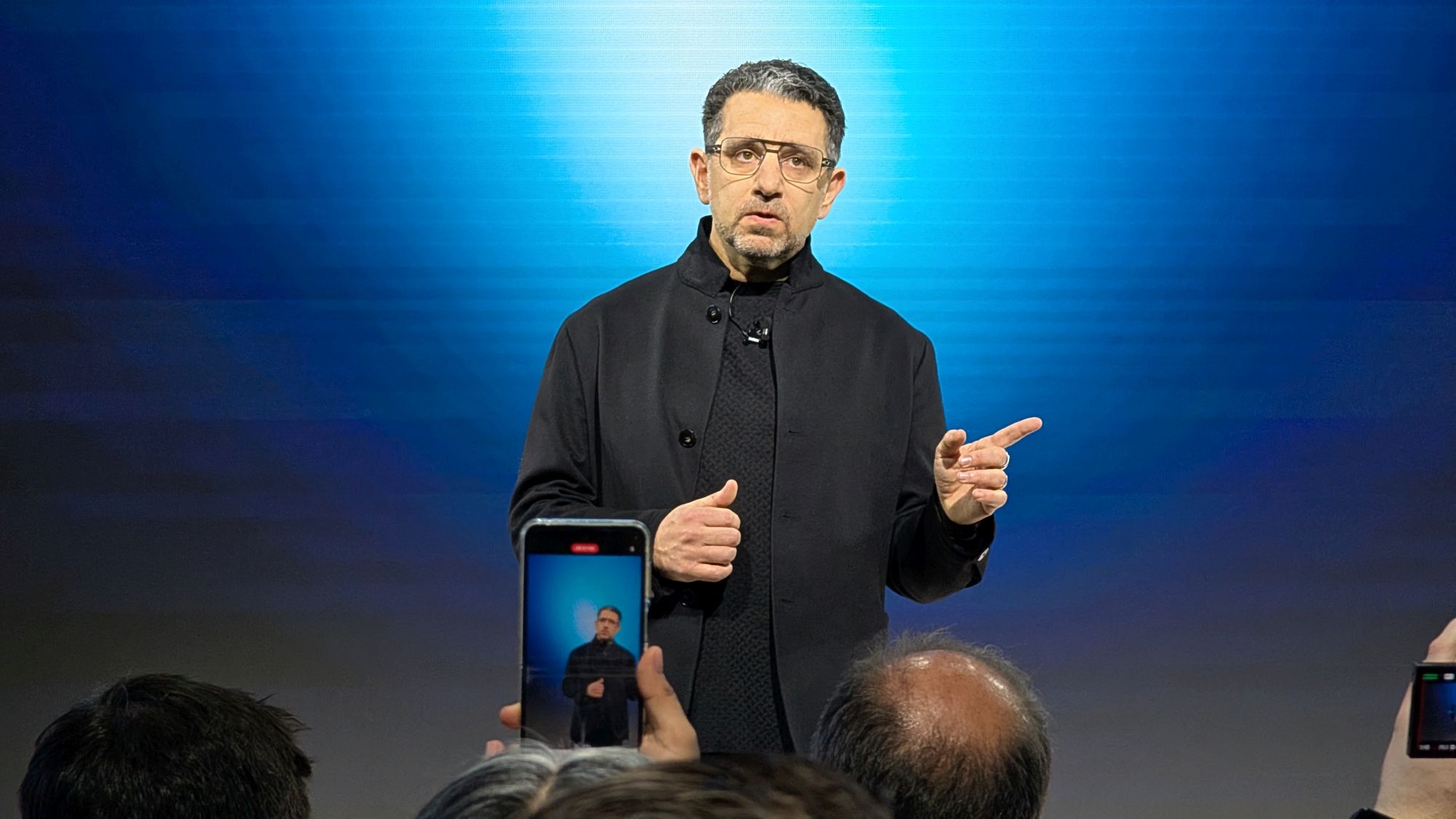

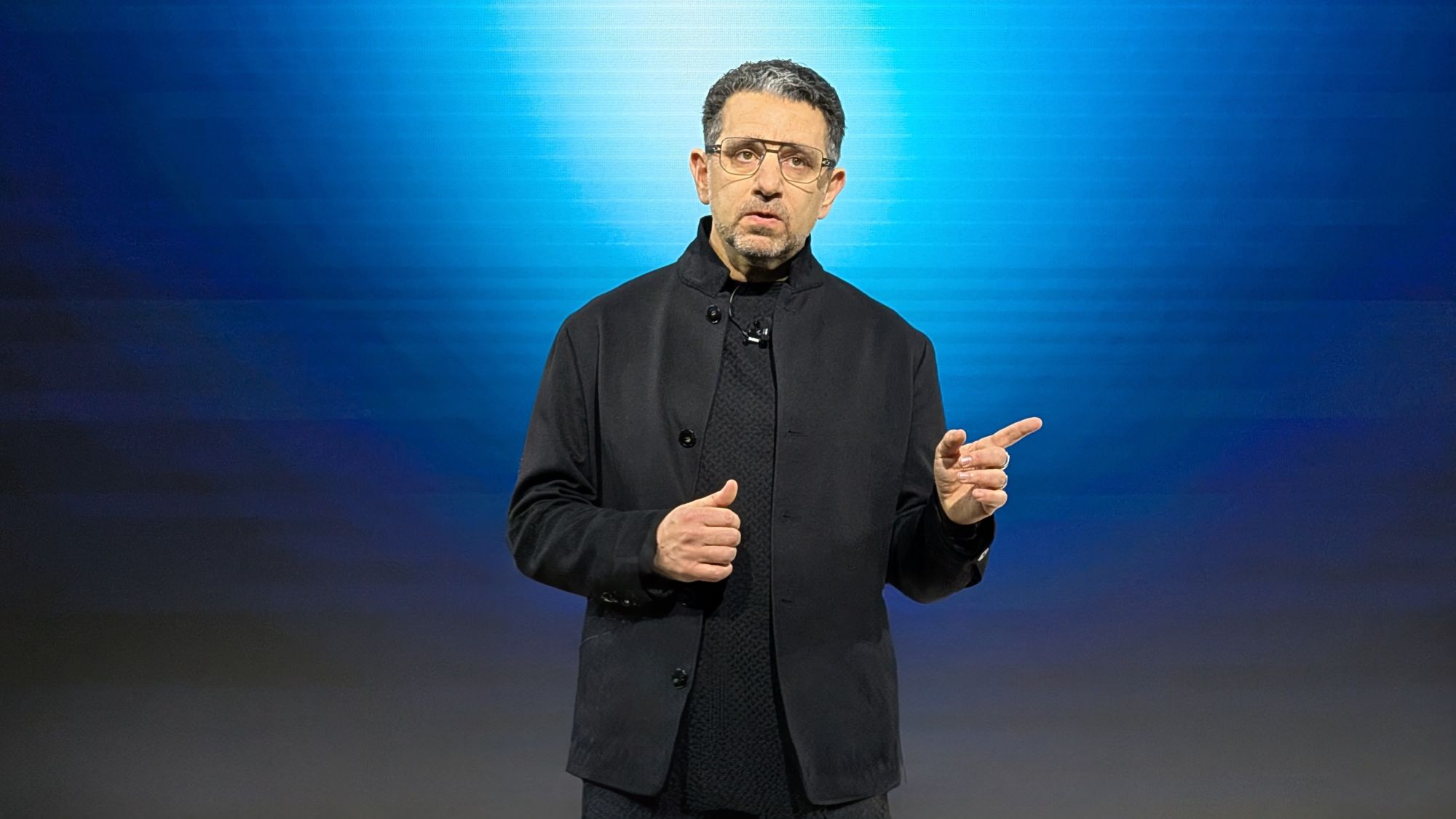
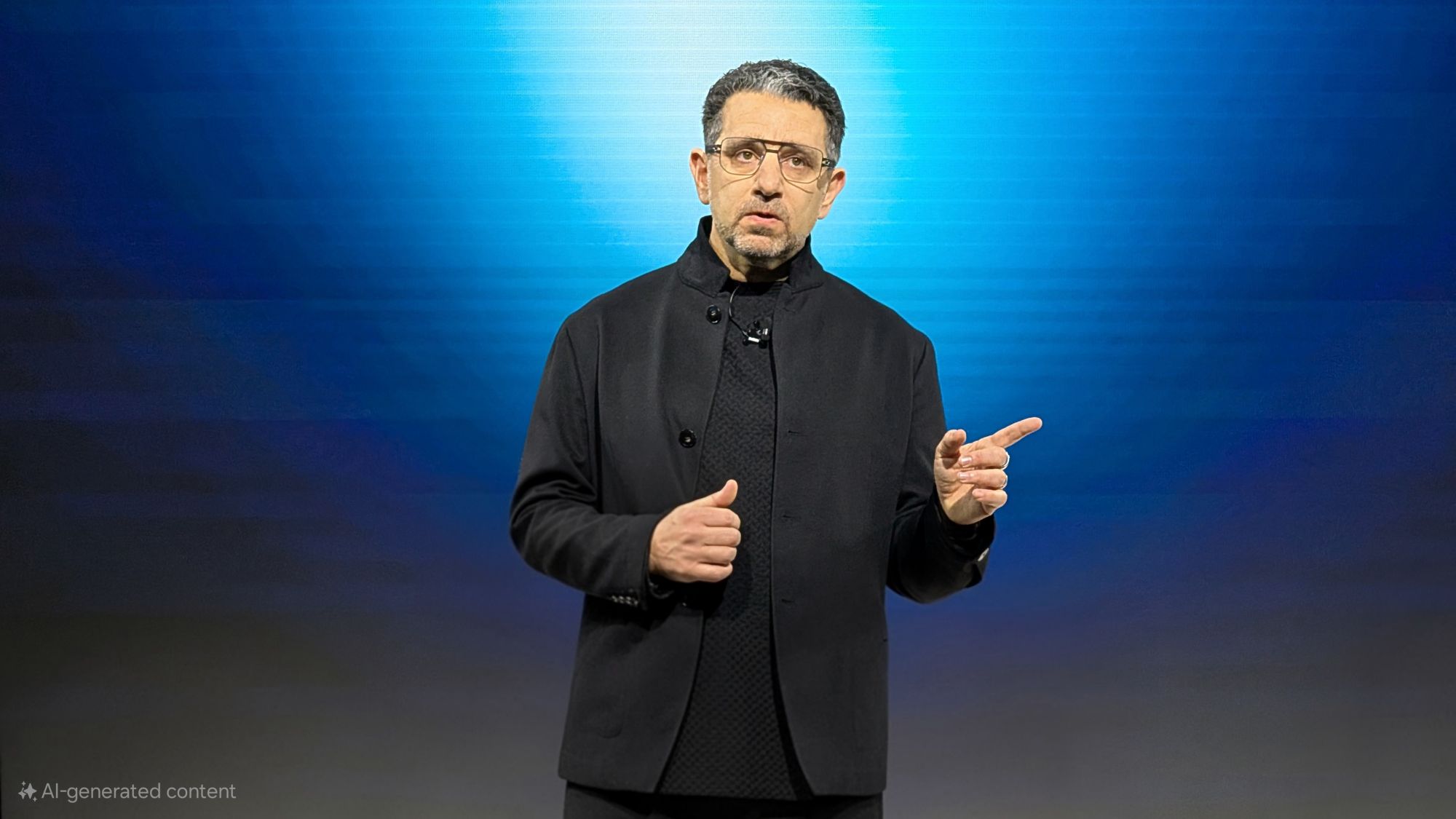
Take a look at the photos I edited above of Amazon’s Panos Panay and check for yourself how Samsung’s Generative Edit compares to Google and Apple — you’ll be convinced, just like me.
Apple Intelligence — it’s slowly coming along
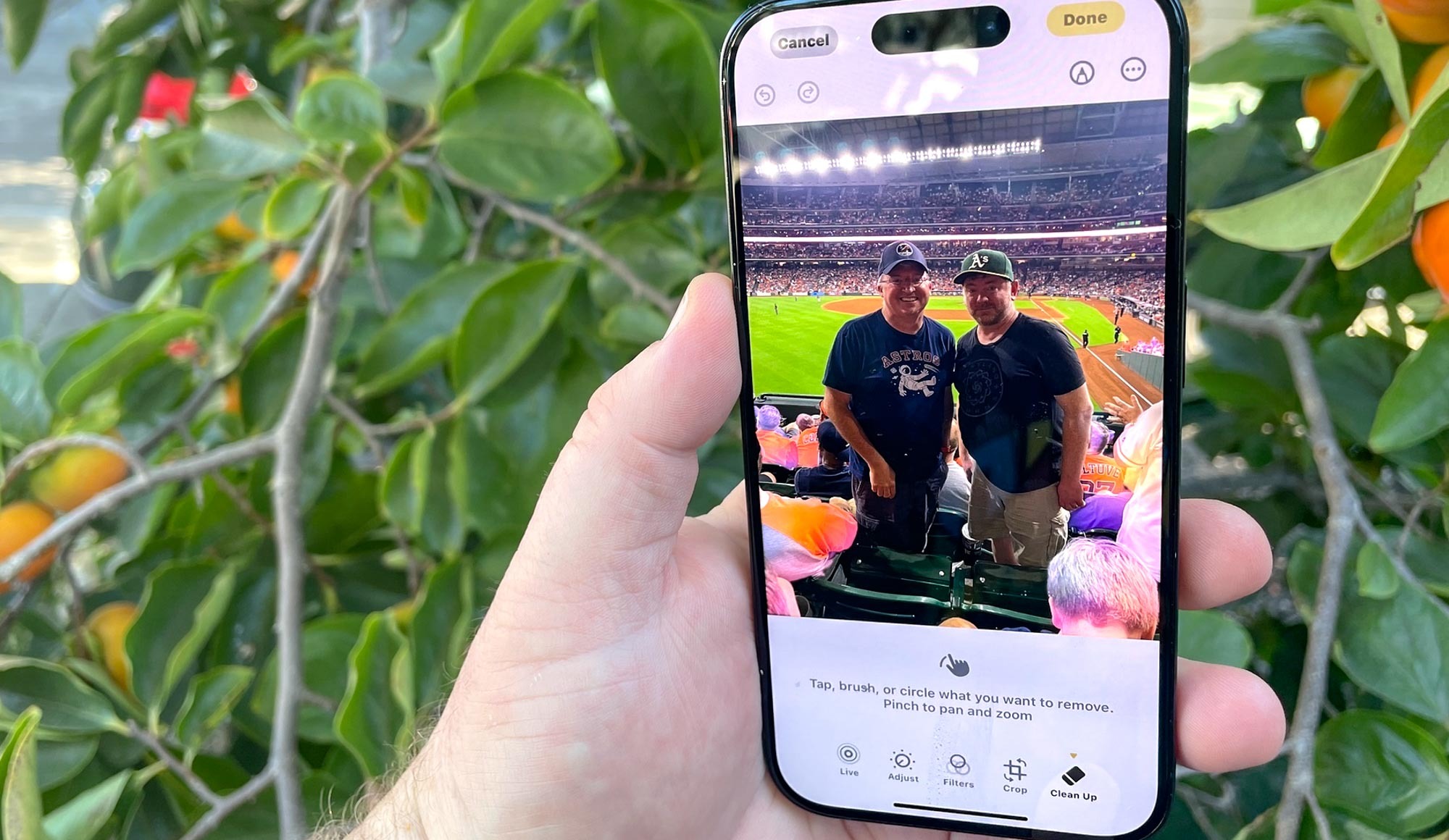
Apple Intelligence photo editing pros and cons
What I Like
- Intuitive selections in Photo Clean Up
What I Don't Like
- Few features
- Photo Clean Up can sometimes get hung up
- Image Playground lacks realism
After trying several of its photo editing features, there’s no arguing that Apple Intelligence is still trying to catch up to its rivals. With the introduction of iOS 26, which is tipped for a fall release alongside the iPhone 17, it’s Apple’s opportunity to expand its tool set because it’s clearly lacking in this area. Here’s what it offers to date with iOS 18.
- Photo Clean Up: Intuitive subject removal tool
- Image Playground: Text based generator that creates images from scratch




When it first arrived, Photo Clean Up worked like a charm on some of my photos. Apple’s image removal tool is pretty intuitive to use and it does a decent job at identifying subjects I select, but it gets hung up on more complex or busy shots. When there’s a lot going on in the scene, I just find it ineffective at identifying what I’m trying to select — so I frequently have to make finer selections to get what I want.
When I compared it to its rivals, Photo Clean Up performed the worst both in how it makes selections and what it fills in with the gaps. I tried removing a hat I was wearing on the beach and Photo Clean Up just could not properly remove it.


Image Playground is a handy tool for those that need some inspiration to create images, but it has a tendency to fail in understanding all the details I want in my prompt. In my Pixel Studio vs Image Playground face-off, Google’s AI image generator took every detail in my prompt and generated a realistic image — whereas Image Playground failed at generating a throne made out of yarn in the comparison shots above.
Apple Intelligence is certainly lacking in photo editing features compared to the rest, so it’ll need to introduce a bunch with iOS 26 if it has any chance at convincing people it’s better. At the same time, Apple Intelligence needs to do a better job with Photo Clean Up. I purposefully don’t use it as much.
Bottom Line
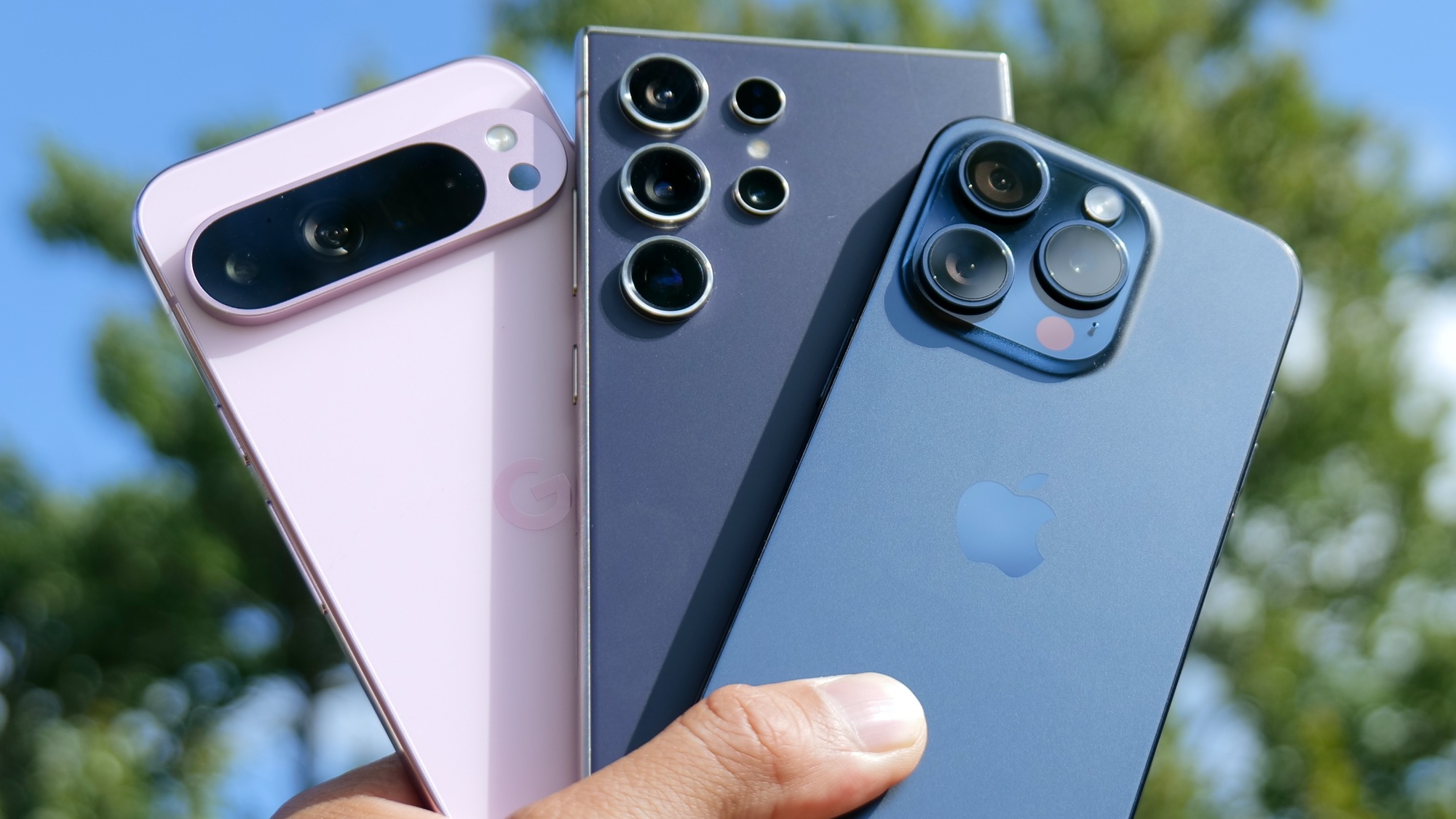
Google’s head start in the AI wars has clearly been advantageous, especially when I look at the amount of photo editing features it offers against everyone else. Not only does it have the greatest depth, but they all work well together to make photo editing simple with my Pixel 9 Pro XL.
Even though Galaxy AI came a little later to the party, I have to give Samsung credit for continually adding new features. I still can’t get over how well its Generative Edit works in removing or repositioning subjects in scenes with great results, as the generative AI proves to me that it can produce realistic results.
As for Apple? Well, it’s a big opportunity for Apple to prove to everyone that it’s serious about having meaningful AI features. There aren’t that many, which is one of its problems, but it’s also just not as good in its current iteration. Hopefully that changes with the Apple Intelligence features that could be announced with the iOS 26 roll out later this year.
More from Tom's Guide
- I just broke my iPhone — here’s what I learned about the durability of today’s phones
- iOS 26 Messages: The 7 biggest changes
- iOS 26 has brought yet another Photos app overhaul for your iPhone — here's how it's different

John’s a senior editor covering phones for Tom’s Guide. He’s no stranger in this area having covered mobile phones and gadgets since 2008 when he started his career. On top of his editor duties, he’s a seasoned videographer being in front and behind the camera producing YouTube videos. Previously, he held editor roles with PhoneArena, Android Authority, Digital Trends, and SPY. Outside of tech, he enjoys producing mini documentaries and fun social clips for small businesses, enjoying the beach life at the Jersey Shore, and recently becoming a first time homeowner.
You must confirm your public display name before commenting
Please logout and then login again, you will then be prompted to enter your display name.
